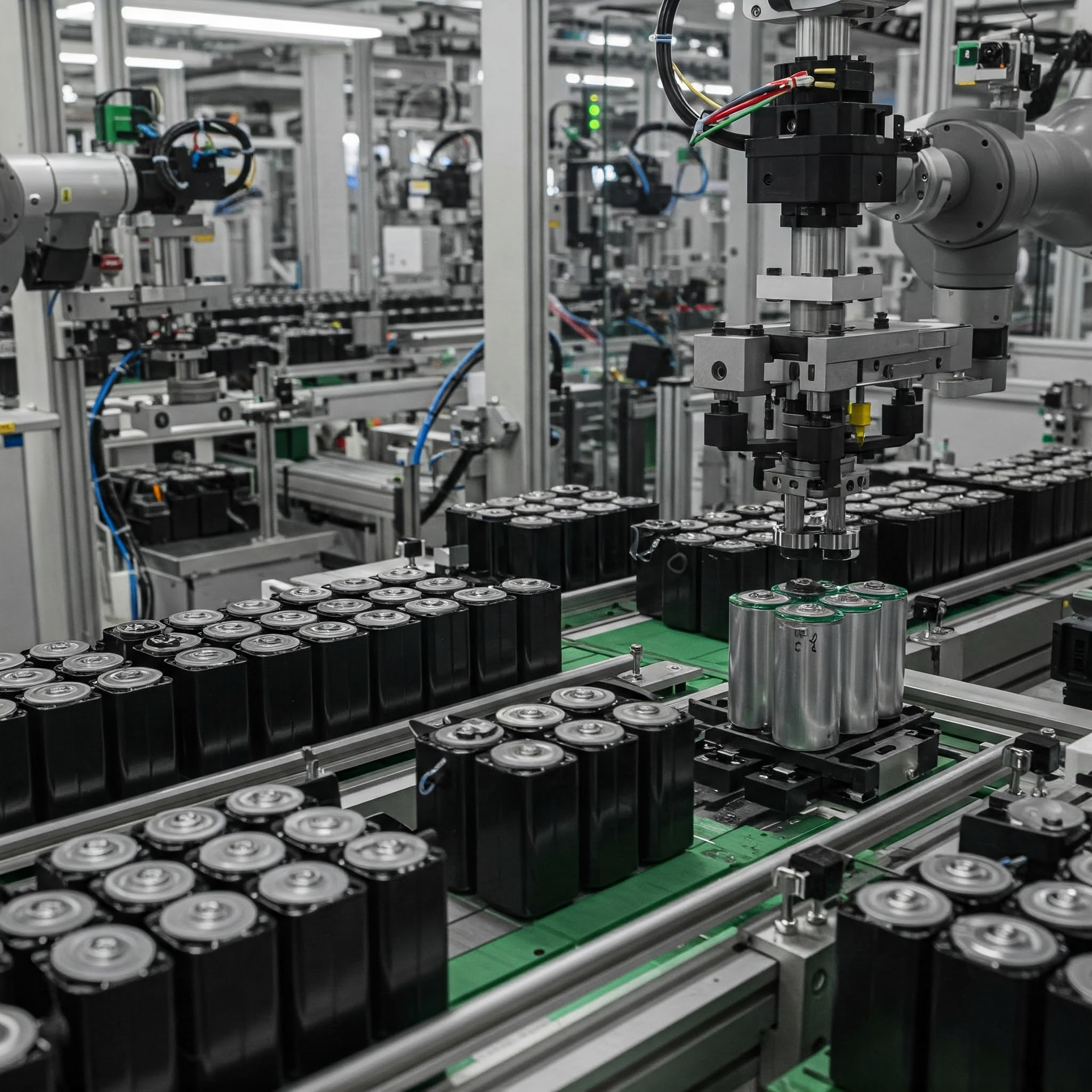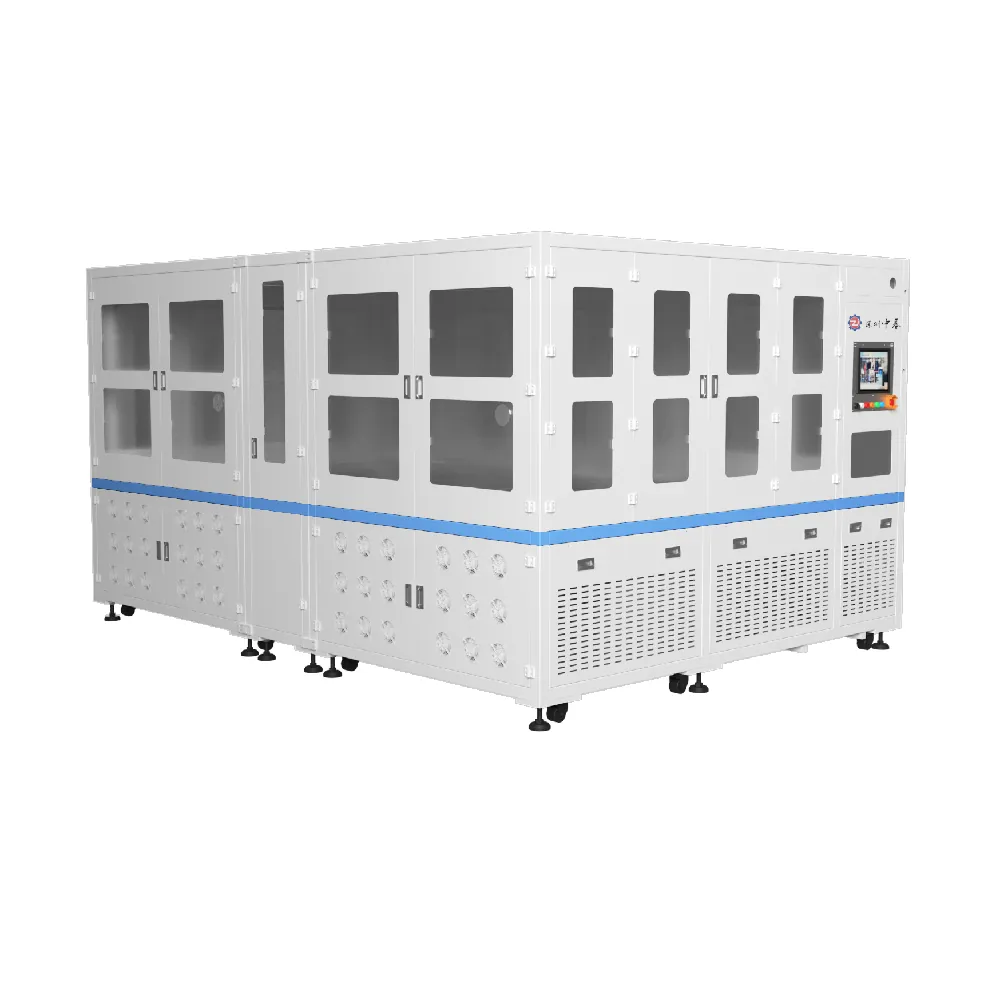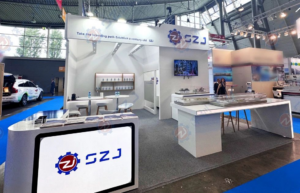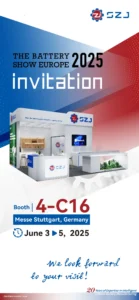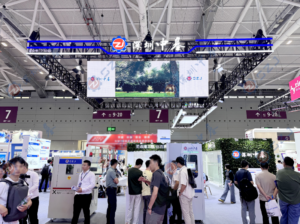Battery formation is a critical process in lithium battery manufacturing. It involves conditioning and activating battery cells to form a solid electrolyte interphase (SEI) layer. It ensures optimal performance and reliability.
During this crucial stage, batteries undergo specific electrical and thermal treatments and there are different methods for helping manufacturers achieve specific performance characteristics. It will influence establishing the initial capacity and long-term functionality.
In this article, we will explore the various methods used in battery formation. Battery manufacturers can employ to create high-quality rechargeable batteries.
- Formation Under High/Low Current
| Current During Formation | Pros | Cons |
Battery Formation Under High-Current | 0.5C, 1C, 2C | Accelerates SEI layer nucleation and growth, improving efficiency | Creates uneven ion distribution across electrodes, bringing structural heterogeneity |
Battery Formation Under Low-Current | 0.02C, 0.05C | Fosters a densely packed, chemically stable interfacial layer with minimal defects | Prolongs formation durations |
- Formation Under High/Low Temperature
Battery formation processes significantly influence the performance and longevity of lithium-ion cells, with temperature being a critical factor.
- Battery formation in high temperatures typically involves maintaining cells at elevated temperatures during charging and discharging cycles. The increased thermal energy accelerates electrochemical reactions, which bring:
- A faster SEI layer growth and a relatively uniform SEI structure, improving the efficiency of battery formation
- Porous and less mechanically stable
- Formation on low-temperature formation operates at reduced temperatures, prioritizing quality over speed. The cooler environment slows reaction kinetics, allowing gradual reorganization of electrode materials and electrolyte components, which makes:
- A dense, chemically stable SEI with fewer structural defects, enhancing the overall durability
- An extended processing period due to sluggish ion transport and delayed SEI maturation
From above, manufacturers must balance these pros and cons—high-temperature efficiency versus low-temperature durability—based on application requirements, as the chosen formation strategy directly impacts the battery’s energy density, safety, and operational lifespan.
- Formation on Open/Close Electrode Filling Holes
Under the process of battery formation, open or closed electrode filling holes present distinct approaches to managing gas evolution and environmental conditions.
- Open-hole formation maintains atmospheric pressure at the electrolyte filling port throughout the process, enabling continuous venting of gases generated during electrochemical reactions. As a result, its pros and cons are obvious:
Pros | Cons |
Promotes uniform stress distribution across electrodes so as to form a more homogeneous SEI layer | Necessitates extended idle periods to accommodate the gradual gas release |
Simplifies equipment requirements and reduces capital costs | Demands strict humidity control in production facilities to prevent moisture ingress |
- Closed-hole formation, conversely, seals the cell entirely during the process, eliminating environmental humidity sensitivity and external contamination risks. And it brings:
Pros | Cons |
Intensifies internal gas interactions with electrode surfaces, potentially accelerating SEI densification through forced gas-electrolyte contact | Requires sophisticated pressure-regulation systems |
Mitigate casing deformation from accumulated gases | Adds complexity to both equipment design and process control |
Considering these two methods for battery formation, manufacturers should consider whether to reduce infrastructure dependencies or heighten the risks of mechanical stress on cell components. It particularly depends on precise pressure management protocols to balance SEI quality with structural integrity preservation.
- Formation on Negative Pressure
Negative pressure formation introduces a vacuum-sealed approach (-80kPa) during cycling to optimize gas management and interfacial stability. By evacuating gases through the filling port as they form, this method actively removes electrochemical byproducts that typically disrupt electrode-electrolyte interactions. The continuous gas extraction minimizes localized pressure gradients, fostering uniform SEI layer development with enhanced structural coherence.
Unlike open-hole methods, the controlled vacuum environment reduces moisture sensitivity while maintaining consistent reaction kinetics—advantages derived from suppressing gas bubble accumulation that otherwise creates microenvironments with variable ion transport rates.
However, the technique demands specialized equipment capable of maintaining precise vacuum levels and hermetic seals throughout cell formation. The vapor pressure differential induced by vacuuming risks accelerating electrolyte decomposition, particularly volatile solvent evaporation, which can alter electrolyte composition and degrade cell performance if unmitigated. Manufacturers must implement advanced solvent recovery systems and real-time pressure monitoring to offset these losses, adding operational complexity.
SZJ Automation’s Battery Formation Machine
At SZJ Automation, we are a technology-driven company specializing in intelligent battery manufacturing equipment solutions. Our Battery Formation Machine is a sophisticated piece of equipment designed for Li-ion, lead-acid, and aluminum-ion battery formation. Some of the features and characteristics include:
- High-precision voltage and current adjustment ensure uniform electrical conditioning across battery cells.
- Advanced temperature regulation mechanisms enable precise thermal management during battery formation.
- Scalable configuration supports various battery chemistries and production volume requirements.
- Real-time performance monitoring capabilities. These provide instant insights into battery formation quality.
- Automated cycling and formation protocols minimize human error and standardize manufacturing processes.
Conclusion
Battery formation methods are essential in creating high-performance rechargeable batteries. Each technique contributes uniquely to battery quality, capacity, and longevity. In the industry, SZJ Automation is a reliable partner in battery manufacturing equipment. We bring decades of engineering expertise and innovative technological solutions. Please visit SZJ Automation’s official websites to explore more manufacturing solutions.
References
- Available at: https://libattery.ofweek.com/2022-03/ART-36008-11000-30555046.html

